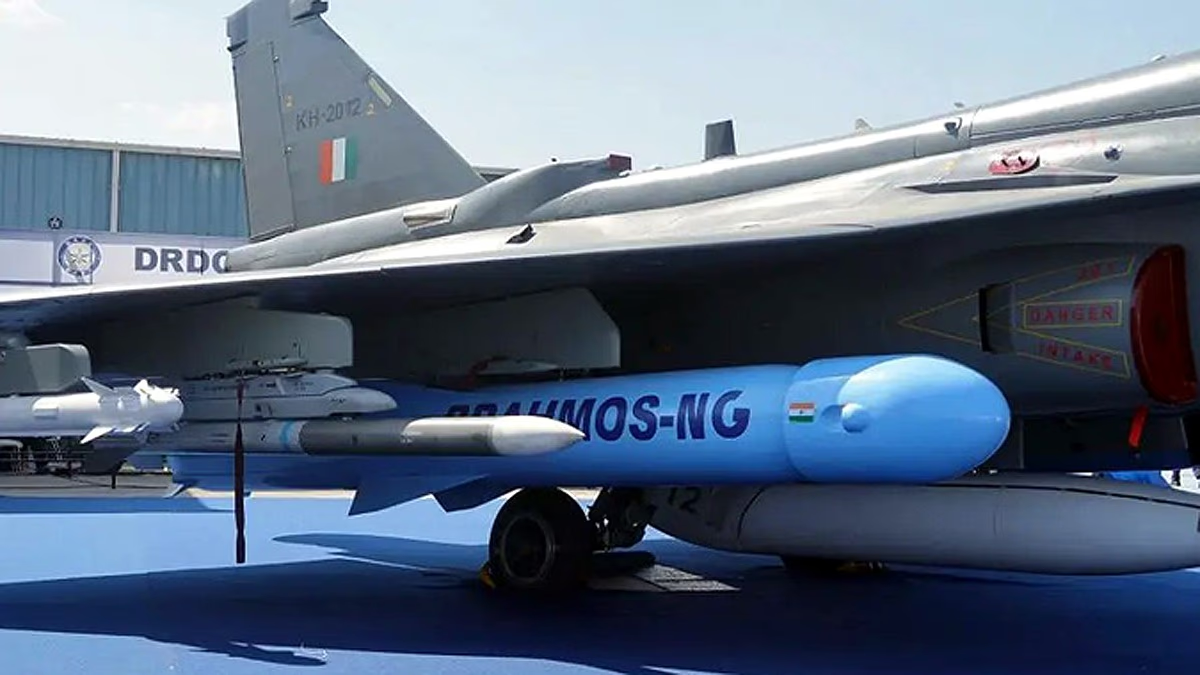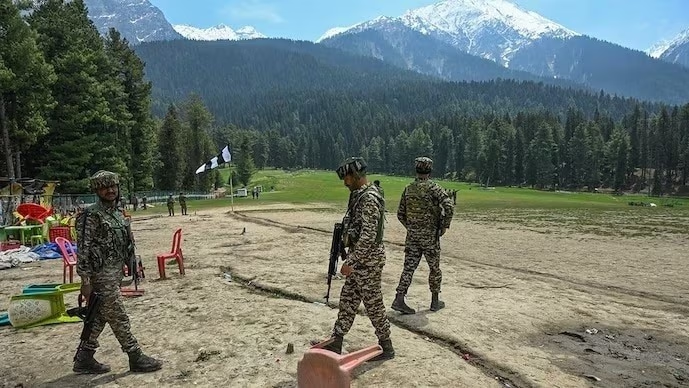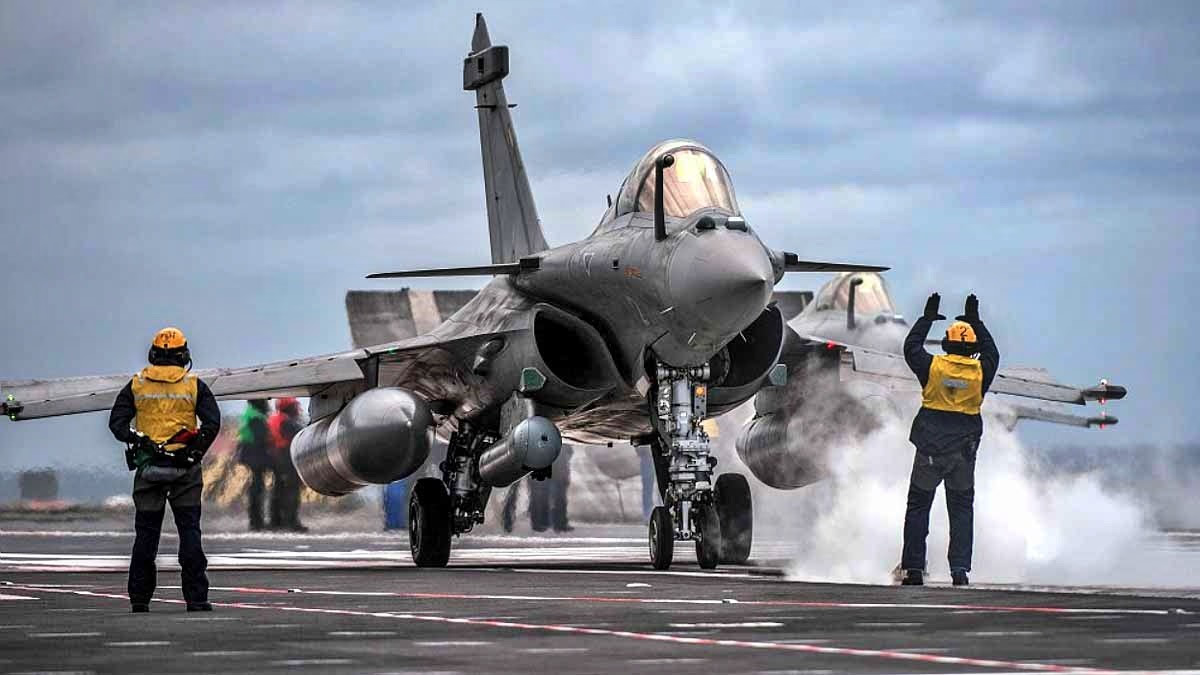Pakistan's anxiety is about to increase, first due to the Rafale fighter jets and now with the dangerous BrahMos-NG (Next Generation) missile integration. The Indian Air Force (IAF) and Navy are set to enhance their Rafale jets with the indigenous BrahMos-NG supersonic cruise missiles.
Dassault Aviation, the manufacturer of Rafale, has agreed to integrate these indigenous weapon systems, solidifying Rafale's role in India's defense. Testing of BrahMos-NG will begin in 2026 alongside the opening of a new production center in Lucknow. These missiles will lay the foundation for India's aerial prowess in the Rafale, Sukhoi-30 MKI, and Tejas Mk1A aircraft.
BrahMos-NG: Light, Fast, and Deadly
The BrahMos-NG is a lighter and more compact version of the BrahMos supersonic cruise missile, featuring significant advantages...
Weight and Size:
Weighing between 1.3 to 1.4 tons, with a length of 6 meters and a diameter of 50 cm—it's 50% lighter and 3 meters shorter than its predecessor.
Range and Speed:
A range of 290 km and speeds reaching 3.5 Mach (4170 km/hr) make it formidable.
Multi-platform Use:
Capable of launching from air, land, sea, and submarines.
Advanced Technology:
With low radar cross-section (RCS) and advanced seeker with AESA radar, it remains stealthy and precise.
The Indian Air Force plans to acquire 400 BrahMos-NG missiles at a cost of 80 billion rupees, with deliveries expected within five years of production commencement.
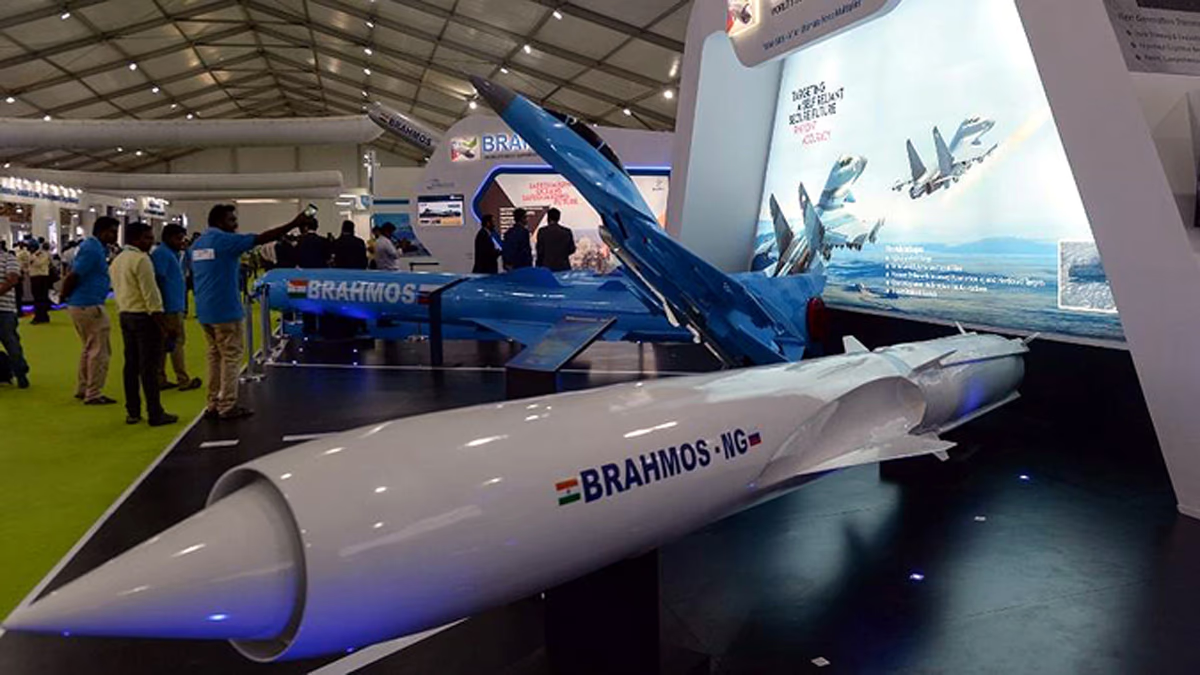
Source: aajtak
Indigenous Integration: A Strategic Leap for Rafale
The agreement by Dassault Aviation to integrate indigenous weapon systems into Rafale-M (Navy) and Rafale C (Air Force) addresses India's longstanding concerns. Previously reliant on French weapons like the 70 km range Exocet missile, the BrahMos-NG’s 290 km range and supersonic speed allows Rafale to target enemy ships and ground installations from safer distances, beyond the reach of most air defense systems.
This aligns with India's strategy to bolster its Rafale fleet’s lethality. The Navy’s 26 Rafale-M jets will operate from INS Vikramaditya and INS Vikrant, while the Air Force's 36 Rafale C aircraft are stationed at Ambala and Hashimara airbases.
Integration Process and Timeline
Integration of BrahMos-NG will begin with the Sukhoi-30 MKI, with testing scheduled for late 2025 or early 2026. With its substantial payload capacity, Sukhoi-30 MKI can carry three BrahMos-NG missiles, serving as the testbed for air-launched missile capability.
Upon successful tests, it will be adapted into the Tejas Mk1A and Rafale fleets. Tejas Mk1A, with 83 aircraft deliveries starting in 2025, will carry one BrahMos-NG initially. Rafale will carry one missile, potentially increasing to two in the future.
Production Facility in Lucknow
BrahMos-NG production is set to commence at a new 200-acre facility in Lucknow, Uttar Pradesh. Starting operations in 2026, this factory aims to produce 80-100 missiles annually to meet domestic needs and export commitments, such as the recent delivery to the Philippines.
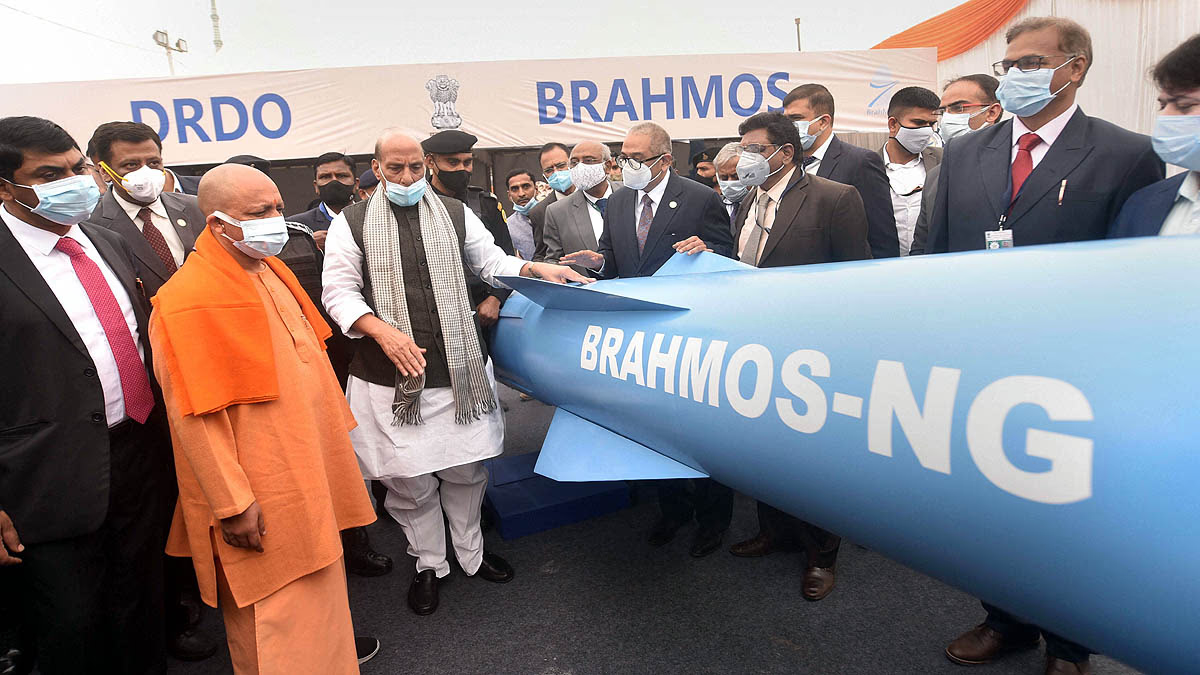
Source: aajtak
Challenges and Solutions
Integrating BrahMos-NG into Rafale presents technical complexities. The earlier integration of BrahMos-A into Sukhoi-30 MKI, completed in 2017, faced delays due to mechanical, electrical, and software modifications. Differences in communication protocols between Rafale's French systems and the Indo-Russian missile may pose challenges. Innovative intermediary hardware solutions are proposed to streamline data communication.
Strategic Significance
The integration of BrahMos-NG into Rafale represents a game-changing advancement in India's defense strategy. It will significantly enhance Rafale’s strike capability, empowering India to respond effectively to regional threats, particularly the aggression from China and Pakistan in the Indian Ocean and South China Sea.
